ANTIVIRALE, ANTIMICOTICO
Un estratto metanolico a base di fusti di Acacia confusa noto come ACSB-M4 ha inibito la replicazione del virus dell’epatite C con valori EC50 di 5 ± 0.3 μg/m ed indice selettivo (SI) >100. L’estratto ha agito sottoregolando l’espressione di COX-2 nelle cellule replicanti infette con conseguente soppressione dell’attivazione di NF-κB. Inoltre ha mostrato una buona sinergia con altri farmaci antivirali.
Le analisi hanno mostrato l’abbondanza di particolari composti fenolici lipidici a catena lunga noti come ceramidi [7].
Dai semi è stata isolata l’acaconina, una proteina chitinasi-simile che ha dimostrato di inibire la crescita del fungo Rhizoctonia solani, oltre a manifestare una potente attività antiretrovirale inibendo la transcittasi inversa dell’HIV-1 [8].
IMMUNOMODULANTE, ANTINFIAMMATORIO, ANTIOSSIDANTE
Un estratto di durame di Acacia confusa ha manifestato una moderata azione antinfiammatoria inibendo la produzione di ossido nitrico nelle cellule RAW 264.7 LPS-stimolate. Il composto più potente è la melanoxetina con valori IC50 di 6.9 μM. Inoltre ha soppresso l’espressione della ossido nitrico sintasi (iNOS) e COX-2 alla dose di 50 μM ed a 100 μM ha ridotto l’accumulo di prostaglandine PGE2 del 60% [9].
La melanoxetina isolata ha inibito la produzione delle citochine proinfiammatorie nelle cellule dendritiche stimolate dai lipopolisaccaridi (LPS) alla concentrazione di 12.5 μM. Gli autori ipotizzano che possa stimolare il sistema immunitario mediante la soppressione dei ROS generati nella cellule [10].
L’estratto di durame è anche un forte inibitore della xantina ossidasi, il composto più potente, l’okanina, ha mostrato un valore IC50 di soli 0.076 μM [11].
EPATOPROTETTIVO
L’estratto di corteccia di Acacia confusa e l’acido gallico isolato hanno mostrato un eccellente effetto protettivo nel modello da animale di epatossicità cronica da tetracloruro di carbonio (CCl4) regolando l’attività degli anzimi antiossidanti e sopprimendo la perossidazione lipidica.
Inoltre riduce l’espressione del gene CYP2E1 coinvolto nel processo ossidativo da CCl4 [12].
ANTITUMORALE
I flavonoli galloglicosidi estratti dalle foglie di Acacia di Taiwan hanno mostrato una moderata citotossicità per il crostaceo Artemia salina [13].
L’acoconina estratta dai semi ha inibito la proliferazione delle cellule del cancro al seno MCF-7 con un valore IC50 di 128±9 µM [8].
ANTIURICEMICO
L’estratto di durame d’Acacia confusa ha soppresso i livelli sierici di acido urico nel modello animale da oxonato di potassio. L’attività è dovuta ai flavonoidi melacacidina, 4′-O-metilmelacacidina, melanoxetina, transilitina ed okanina [14].
OSTEOTROFICO
Un flavonoide estratto dalla pianta (3′,4′,7,8-tetraidrossiflavone) ha inibito la differenziazione osteoclastica indotta dall’attivazione recettoriale di RANKL nei macrofagi del midollo osseo dei topi. Dalle sezioni di dentina i ricercatori hanno notato anche una diminuzione nell’attività di riassorbiento degli osteoclasti. Inoltre ha ridotto l’espressione dei marker osteoclastici tra cui recettore della calcitonina, catepsina K, c-Fos e NFATc1.
Si ipotizza che il composto possa avere potenziali applicazioni nel trattamento dei disturbi osteolitici come l’osteoporosi [15].
IPOTENSIVO, CARDIOPROTETTIVO, ANTIATEROSCLEROTICO
I derivati galloilglicosidici della miricetina estratti dalle foglie di Acacia di Taiwan hanno mostrato buone proprietà inibitorie nei confronti dell’enzima convertitore dell’angiotensina (ACE).
Inoltre hanno inibito l’ammino ossidasi primaria (SSAO), un enzima la cui attività è stata associata a danno endoteliale, aterosclerosi, diabete mellito, obesità, disturbi cardiaci e venosi [16].

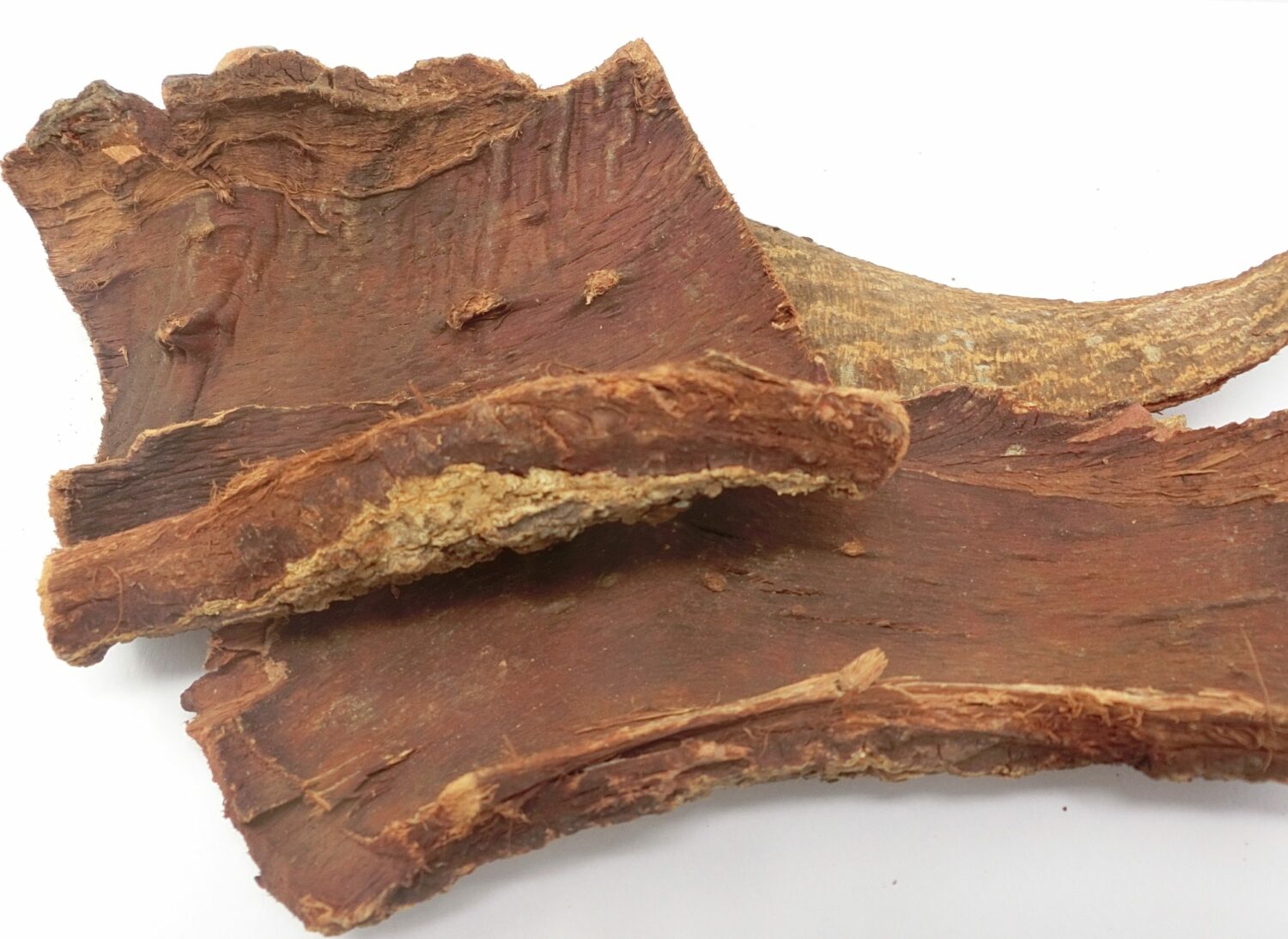
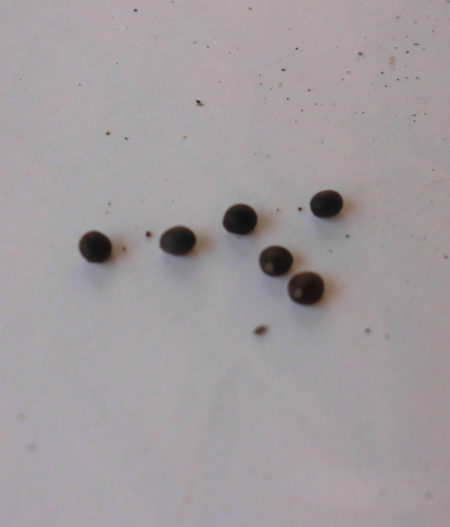
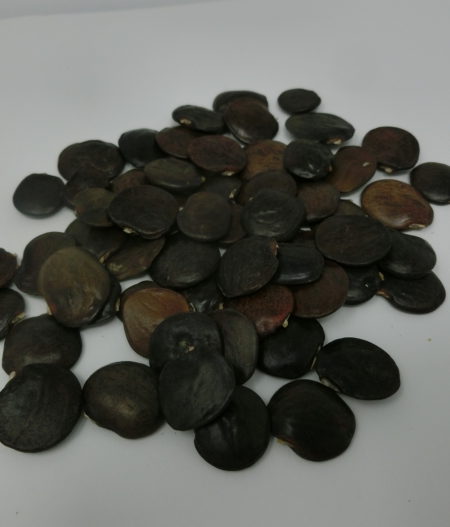
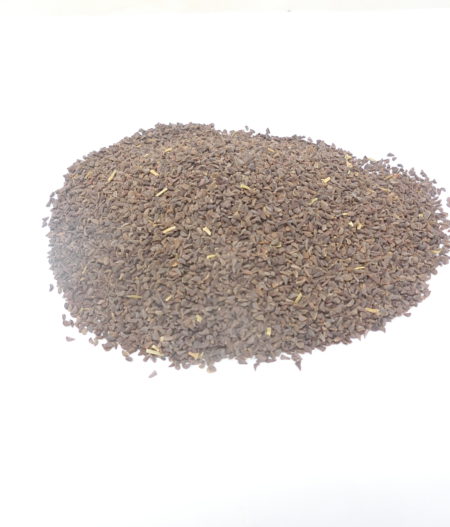
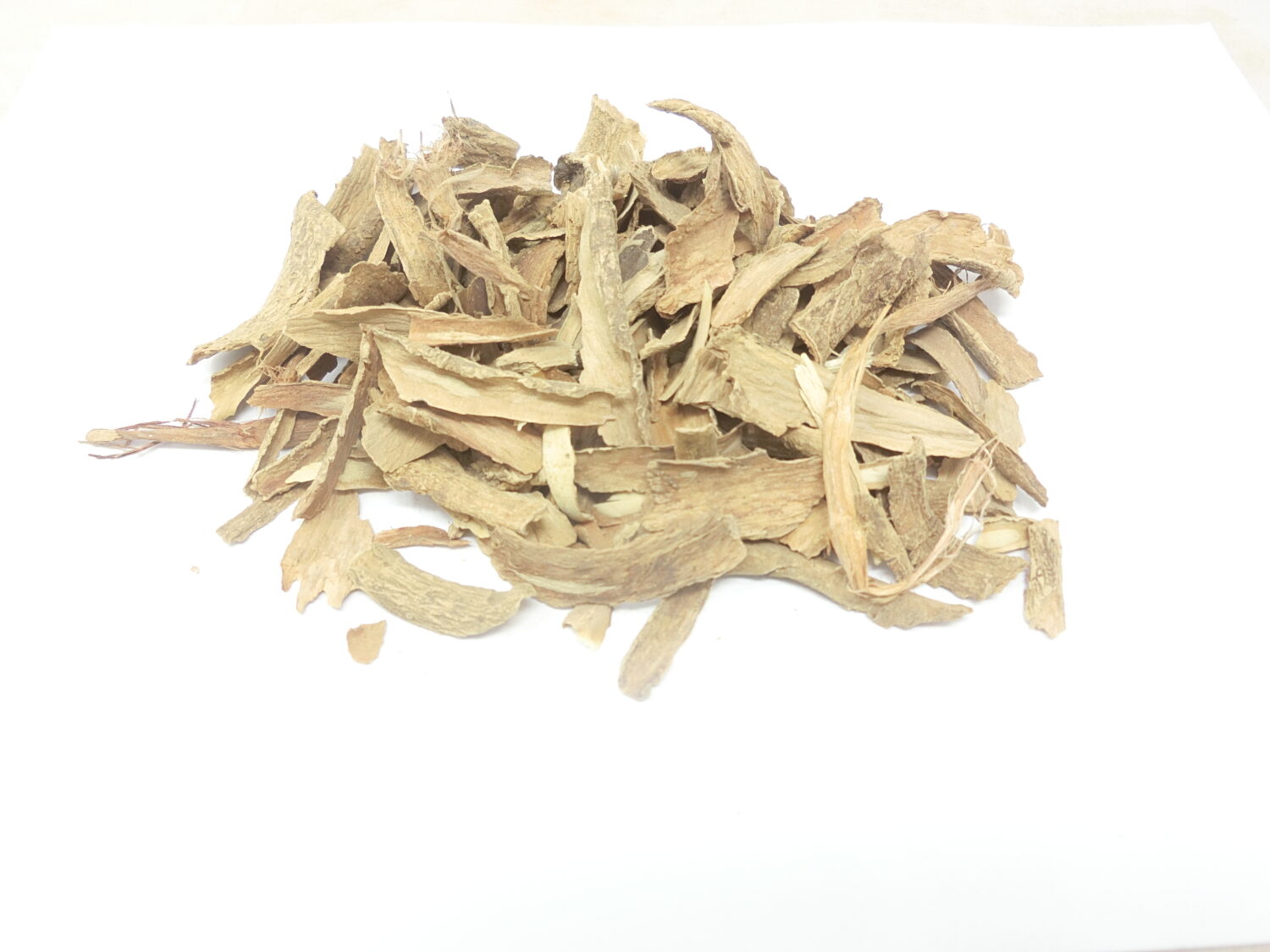
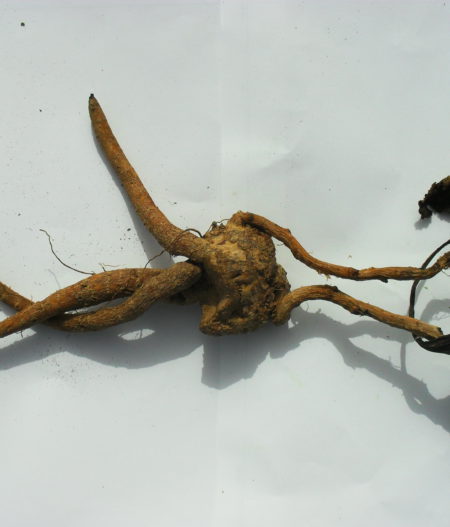
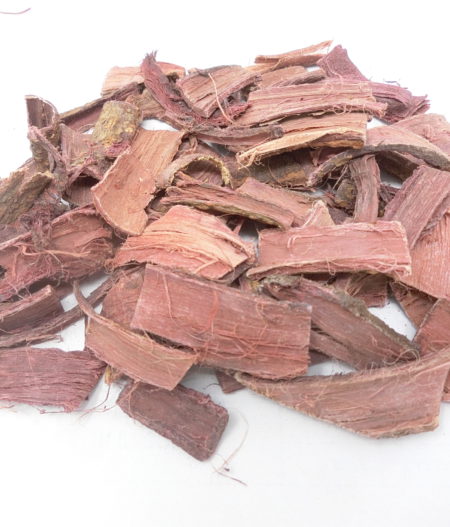
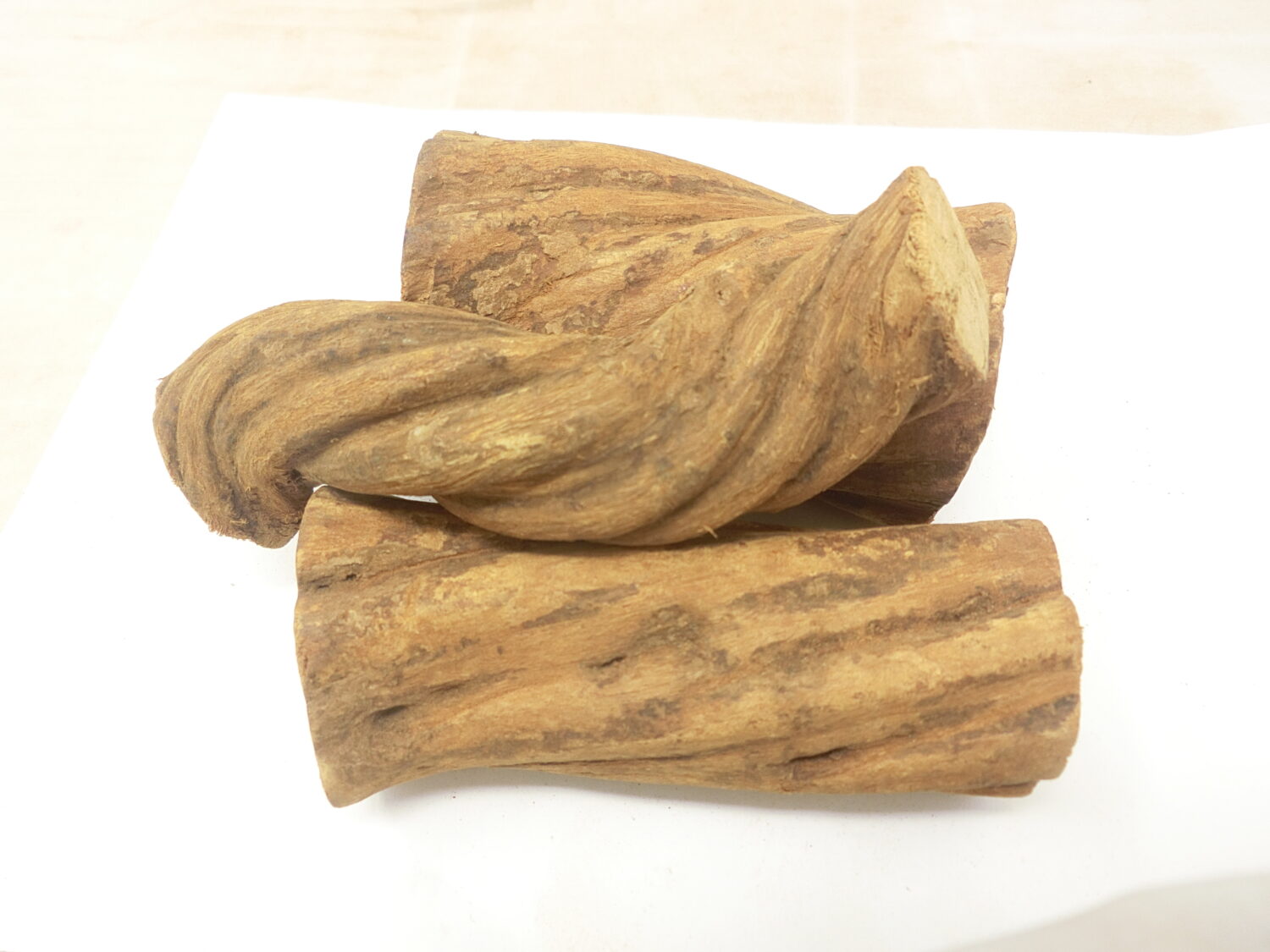
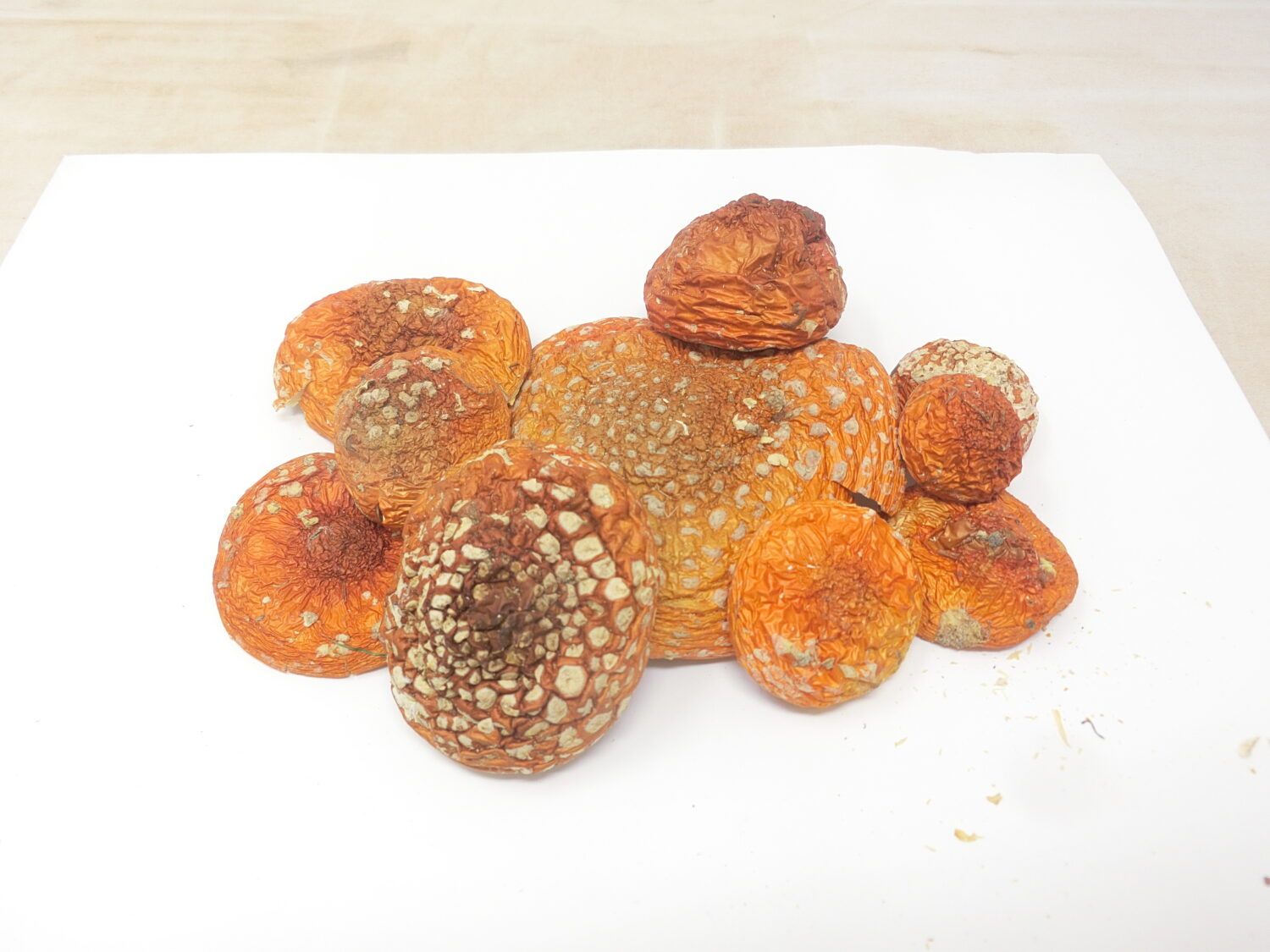
Recensioni
Ancora non ci sono recensioni.